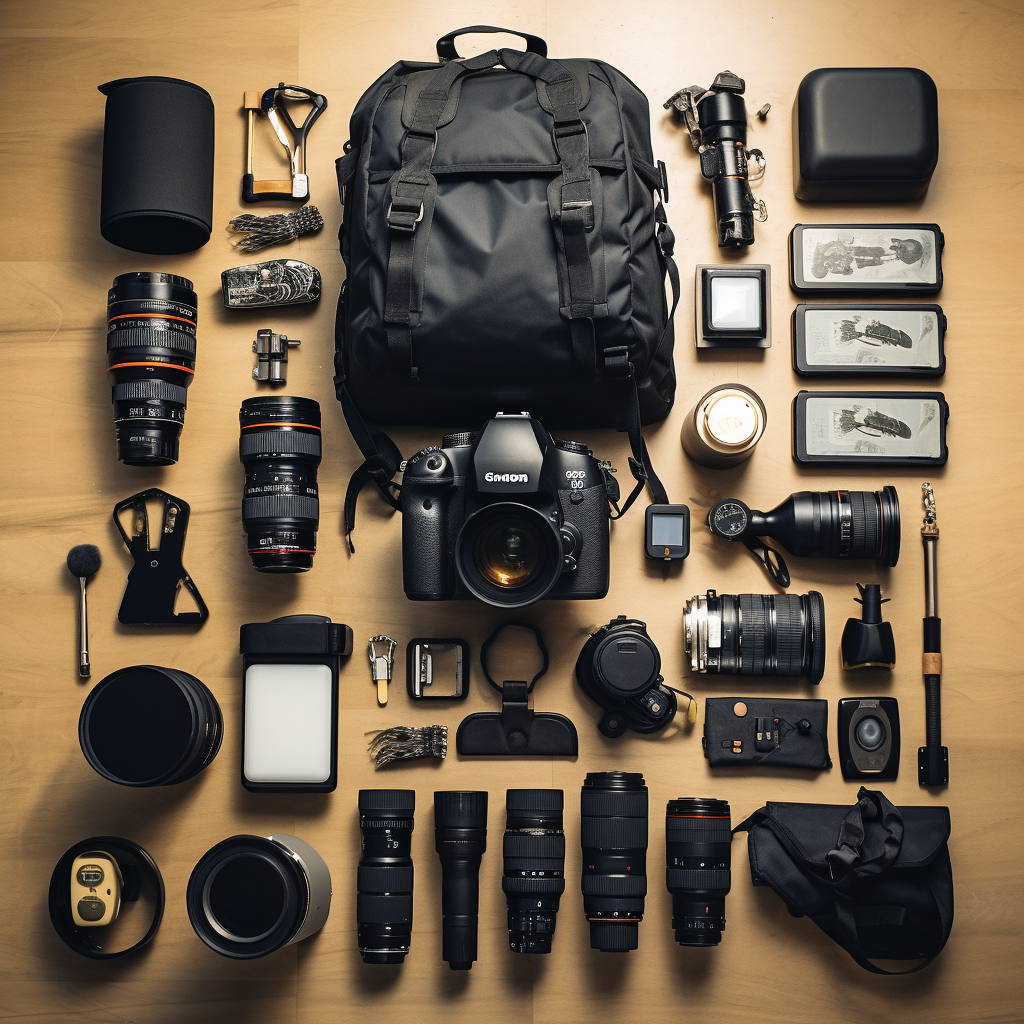Please note this post may contain affiliate links picked by me (Jay) that I have deemed may be of interest or relevant to you the reader of this.
These links do not affect the cost of the thing if you decide to purchase but i may get a little money if you choose to purchase.
For more information on my affiliate link policy click here.
The Power of Black and White: Techniques for Striking Monochrome Images
Black and white photography has a timeless quality that makes it an enduring art form. It has the power to capture emotions, create mood, and convey a sense of depth and texture that is unmatched by colour photography. The stark contrast between black and white tones can create striking images that are both beautiful and powerful. In this article, we will explore the techniques for creating stunning monochrome images that are sure to impress.
Start with the Right Equipment
To create high-quality black and white images, you need the right equipment. Start with a camera that has the ability to shoot in RAW format. RAW files contain more information than JPEGs, which means you have more latitude to adjust the exposure, contrast, and other settings in post-processing. A camera with a high resolution sensor will also give you more detail and depth in your images.
When it comes to lenses, prime lenses are a great choice for black and white photography. They typically have a wider aperture than zoom lenses, which means they let in more light and create a shallower depth of field. This can help you isolate your subject and create a beautiful bokeh effect in the background.
Understand the Light
Light is everything in photography, and it is especially important in black and white photography. Without color to add interest, you need to rely on light and shadow to create depth and texture in your images. Pay attention to the direction, quality, and intensity of the light to create striking black and white images.
For example, side lighting can create dramatic shadows and highlights that add dimension to your subject. Backlighting can create silhouettes that are both moody and beautiful. Pay attention to the shadows in your scene, and use them to create depth and texture in your images.
Think About Contrast
Contrast is the key to creating striking black and white images. You want to create a strong contrast between the light and dark tones in your image to make it stand out. This can be achieved through careful composition, lighting, and post-processing.
When composing your image, look for elements that create contrast. For example, a white flower against a dark background or a dark subject against a light background. Use shadows to create contrast and depth in your images.
In post-processing, you can adjust the contrast to make your images stand out. Use curves and levels adjustments to increase the contrast between the light and dark tones in your image. Be careful not to overdo it, as too much contrast can create harsh, unnatural-looking images.
Experiment with Filters
Black and white filters can help you create different moods and effects in your images. Filters work by blocking certain colors of light, which can create a range of effects in black and white photography.
For example, a red filter can darken the blue sky and make clouds stand out, while a yellow filter can brighten the sky and make foliage look more vibrant. Experiment with different filters to see how they affect your images, and use them to create the mood and atmosphere you are looking for.
Pay Attention to Textures
Textures are an important part of black and white photography. Without colour to add interest, you need to rely on textures to create depth and interest in your images. Pay attention to the textures in your scene, and use them to create interest and contrast in your images.
For example, the texture of a rough stone wall or the smooth surface of a lake can add depth and interest to your images. Use shadows to create texture and depth in your images, and look for patterns and shapes that create visual interest.
- Shoot in RAW and Convert to Black and White in Post-Processing
While some cameras have a black and white mode, it is often best to shoot in RAW and convert to black and white in post-processing. This gives you more control over the
final look of your image and allows you to make adjustments to the contrast, brightness, and other settings.
When converting to black and white, there are several ways to do it. Some photographers prefer to use the desaturate option in their editing software, but this can result in flat and lifeless images. Instead, try using the black and white conversion tool or a plugin that allows you to make adjustments to individual colors. This will give you more control over the final look of your image.
|
|
Use Composition to Create Interest
Composition is key in any type of photography, and it is especially important in black and white photography. Without color to add interest, you need to rely on composition to create a strong visual impact. Pay attention to the placement of your subject, the lines and shapes in your scene, and the overall balance of your image.
For example, using the rule of thirds can help you create a well-balanced image that is visually appealing. Placing your subject off-center can create a sense of movement and balance in your image. Look for leading lines, patterns, and shapes that create visual interest.
Know When to Use Black and White
Not every image is suited to black and white photography. While black and white can create striking images, it is not always the best choice. Think about the mood and atmosphere you want to convey in your image, and whether black and white will enhance or detract from that mood.
For example, if you are photographing a colorful sunset, black and white may not be the best choice. However, if you are photographing a dramatic storm cloud or a moody landscape, black and white can enhance the atmosphere and create a powerful image.
Conclusion
Black and white photography is a timeless art form that has the power to capture emotions, create mood, and convey a sense of depth and texture. By understanding the importance of light, contrast, textures, and composition, you can create stunning monochrome images that are sure to impress. Remember to shoot in RAW, experiment with filters, and convert to black and white in post-processing for the best results. With practice and patience, you can create powerful and striking images that stand the test of time.
















